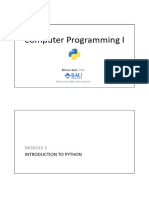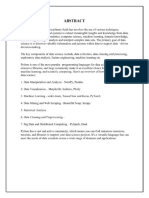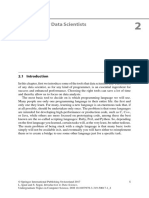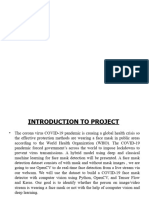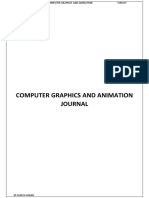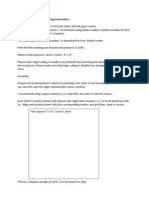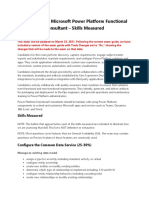0% found this document useful (0 votes)
14 views11 pagesMicro Project Report Format
This document outlines a micro project on Cloud Storage, detailing the software tools used, including Anaconda, Jupyter Notebook, and various Python libraries for data analytics. It includes sections on flowcharts, algorithms, and pseudo code, as well as references for further reading. The project is submitted to the Information Technology Department of B & B Institute of Technology.
Uploaded by
unnurana6Copyright
© © All Rights Reserved
We take content rights seriously. If you suspect this is your content, claim it here.
Available Formats
Download as DOCX, PDF, TXT or read online on Scribd
0% found this document useful (0 votes)
14 views11 pagesMicro Project Report Format
This document outlines a micro project on Cloud Storage, detailing the software tools used, including Anaconda, Jupyter Notebook, and various Python libraries for data analytics. It includes sections on flowcharts, algorithms, and pseudo code, as well as references for further reading. The project is submitted to the Information Technology Department of B & B Institute of Technology.
Uploaded by
unnurana6Copyright
© © All Rights Reserved
We take content rights seriously. If you suspect this is your content, claim it here.
Available Formats
Download as DOCX, PDF, TXT or read online on Scribd
/ 11


















